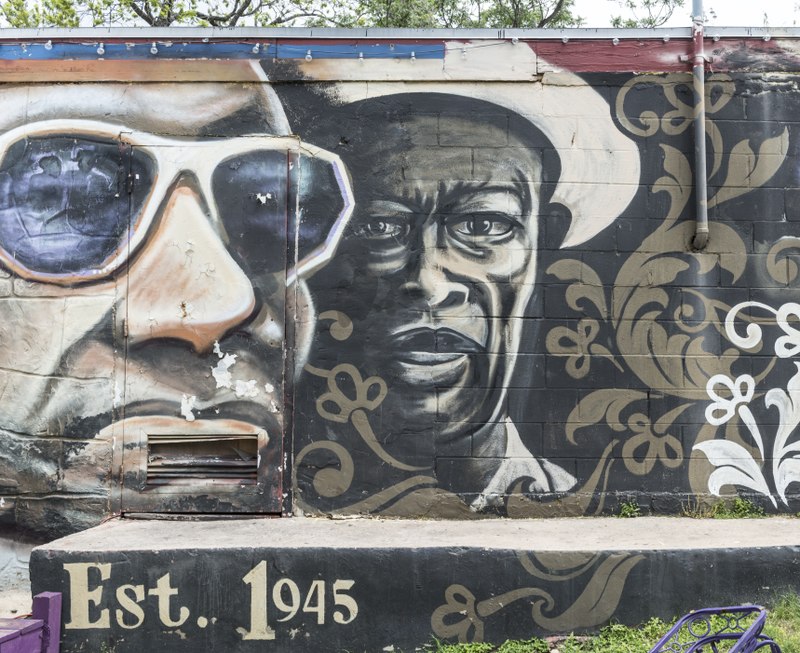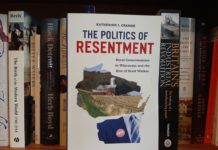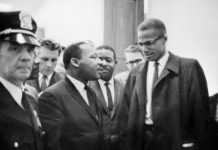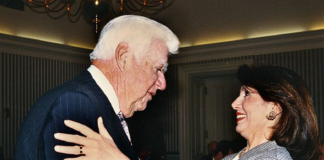“Shadows in a Sunbelt City” is a book of many unique insights and analogies. Most are sure to be controversial. In just one of them, author Eliot M. Tretter offers up the very different understandings in Austin of the meaning of “environment.” The result is an incoherence he compares to that wrought by mutually unintelligible languages.
“… sometimes it is easy to avoid learning a new language when you do not need to learn it in order to survive,” Tretter writes in a kind of Austin parable.., “or, when not knowing it makes it easier not to hear who is speaking.”
That’s cutting. But it is Austin in an intriguing nutshell nonetheless. So if you can bear with the analogy for a moment, the point of his parable is this: Environmentalism is the dominant ideology of Austin’s ruling liberal establishment. Environmentalism, with its grammar of protection of natural habitat, open space and wildlife species, is also the political language of that establishment. The speakers of that language, however, are monolingual and effectively deaf to other kinds of environmental dialects, in this case those spoken by the city’s minorities. Theirs, rather, is the language of “environmental justice;” their grammar is proximity to industrial pollution, arbitrary zoning and the social concerns of urban policy such as gentrification and regressive taxation.
If that sounds harsh, it is. This is a harsh book. And to be clear, Tretter makes no claim to be the first to observe this dichotomy. After all, environmentalism vs. environmental justice is hardly a new issue or debate. It is a decades-old contrast between the “leave nothing but footprints” sensibilities of largely white environmentalists, inspired by John Muir or Rachel Carson, and the black and brown advocates of environmental justice whose heroes are in the civil rights movement and whose concerns are more prosaic: lead in the water, toxic waste storage or redlining.Nomore vivid example exists of the perniciousness of this divide than the example of the nation’s capital, which cleaned up the Potomac River that flows past leafy Georgetown decades ago but has failed to rescue the Anacostia which transects the other side of Washington, D.C., a neighborhood that is 90 percent African American.
Characterizing “Shadows” as a crude framing of an old argument, of simple environmental dualism, is certainly unfair to both Tretter and his book however. The work is much more than that. But this binary frame does serve well as a foundation for the much more intricate scaffolding of “Shadows,” a book that grafts the national, even global, debate and discourse of urbanization and urbanism on to the case study of Austin.
For this primer of thought on cities, he draws from afar, blending in the insight of David Harvey, the radical British-born economic geographer, whose book “Rebel Cities – From the Right to the City to the Urban Revolution,” became a foundational read for the “Occupy Wall Street” protest movement that began in 2011. Tretter also makes thoughtful use of the work of Margaret Pugh O’Mara, whose 2005 book “Cities of Knowledge” is regarded as the most authoritative work on the forces — led by defense contracting — that have formed such tech centers as the Silicon Valley and Boston’s 128 Corridor — and to a lesser extent that of Austin.
But Tretter also builds on the historiography done specifically on Austin. This includes the seminal 1987 “Power, Money & the People – The Making of Modern Austin” by Anthony M. Orum, an early chronicle of Austin’s urban boom. He also acknowledges and cites the work of William Swearingen Jr., whose 2010 book “Environmental City – People, Place, Politics and the Meaning of Modern Austin,” is regarded by Austin’s mainstream environmentalists as something akin to a sacred text.
And he gives voice to those without a book to their name, activists such as Susana Almanza, who speak that alternative dialect of environmental justice. Almanza was among the founders of “People Organized in Defense of the Earth and Her Resources,” or PODER, the East Austin environmental organization. PODER dates to the mid-1990s, founded at roughly the same time as the far better known mainstream group SOS, for Save our Springs, founded to battle development in West and Southwest Austin atop the Edwards Aquifer
All appear throughout the pages. In its comprehensiveness, “Shadows” seems to aim for an academic or professional audience, and some portions, such as his study of the “spatiotemporal dynamics of the tertiary circuit of capital,” will challenge the lay reader. But for the patient who can soldier on, Tretter illuminates plenty of new territory that has been neglected by other scribes and scholars.
Chief among this territory is new detail on the role of the University of Texas in Austin’s ultimate evolution. From it’s role as a uniquely empowered land developer, to the founding of Tracor in 1955 by UT professor (the first Austin company to be listed on the Fortune 500), to the propulsive force of Austin’s expansion northward with what is today’s J.J. Pickle Research Campus, this tale of UT is the book within the book. Tretter also explores in vivid detail how the university helped the Texas legislature effectively bypass the City Council when necessary on land use issues. No end-run was as pivotal as the state’s winning of bids in the 1980s to host two high-tech consortia, the Microelectronic and Computer Technology, or MCC, and SEMATECH.
From there, Tretter challenges popular notions of the forces that created today’s Austin, chiefly those of urban theorist Richard Florida who is widely cited (and much beloved) for his thesis that it was Austin’s creative music scene and its alternative sensibility that was key to Austin’s tech growth and appeal to the young and upwardly mobile. Not quite, argues Tretter. Rather, this was the narrative that effectively kept Austin’s environmentalists focused on the city’s periphery and sidelined them in the transformation of downtown into a skyscraping preserve of the white and wealthy.
Here, Tretter trains his sights most squarely on the local doctrine of “smart growth,” some times referred to as “sustainable urbanism,” that has really been at the heart of Austin’s urban planning since the mid-1990s. It is a local movement that really grew out of the larger national and global embrace of this term “sustainability.” The phrase was to become the key environmental goal of the Bill Clinton White House and of the United Nations after the first “Earth Summit” in Rio de Janeiro in 1992.
So who could be against that?
Well, a growing number of scholars and urban advocates who find the “smart growth” movement simplistic at best, totally misguided at worst. And Tretter is among them, arguing that “smart growth” has dramatically marginalized Austin’s poor and minority communities while sequestering robust debate on social equity and social relations as those communities have been effectively expelled from downtown and are now being forced from adjacent East Austin. The white population in East Austin went from 8 percent in 1990 to a third today with commensurate declines in the African American and Latino population.
“Smart growth becomes much more about creating an environment of sustainable returns on investment than about environmental stewardship, even if there might be some ecological benefit,” he writes. Or said somewhat differently, “smart growth” is ultimately a tool that subordinates urban planning to the imperatives of boosting Austin’s competitive appeal to the small and mobile class of knowledge workers.
“Shadows” adds up to an intellectual pummeling of many a hallowed principle held dear by Austinites. But after that workover, Tretter is hospitable enough to hand the reader the equivalent of an ice pack and a cold beer. For Austin, he suggests, indeed does have the resources, capacity and even perhaps the temperament to learn a new urban language and rework the grammar of sustainability – even of “smart growth.”
“So there is an urgent, and realizable, task at hand: challenging assumptions about what constitutes sustainable urbanism, recognizing its limitations, and demanding that its goals be achieved only if democratic control over local and regional planning is expanded,” Tretter concludes: “In other words, there may be real opportunities for change in the current state of development, and our task is not just to imagine a brighter urban future but also to bask in the possibilities that confront us in the present.”
Tretter’s book is now almost four years ago, and his research his older than that. Yet just in October, a new study produced by the Episcopal Health Foundation, found that average life expectancies differ almost 20 years between those living in East Austin vs. those whose homes are on the west side.
Time to challenge an assumption or two? It would certainly seem so.
If you like what you’ve been reading, please click here to subscribe and we will send you updates and our newsletter.






